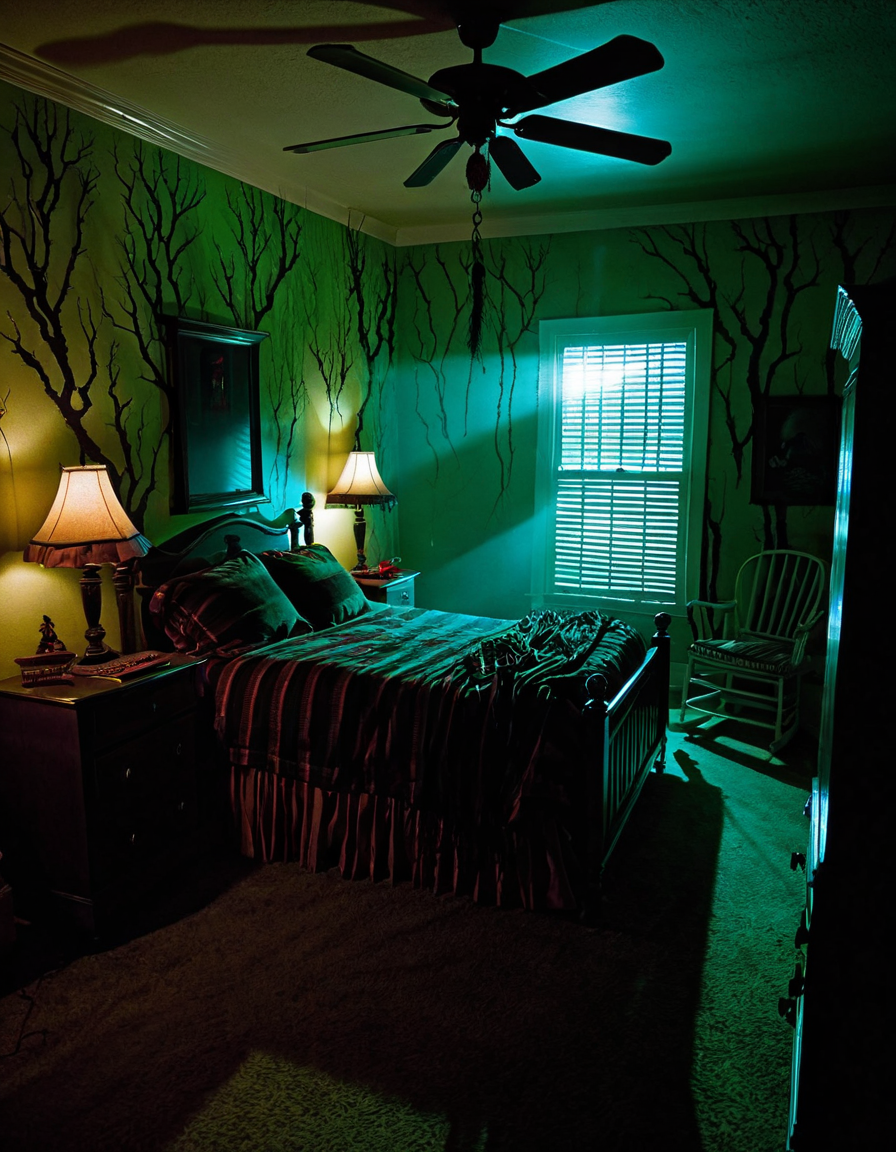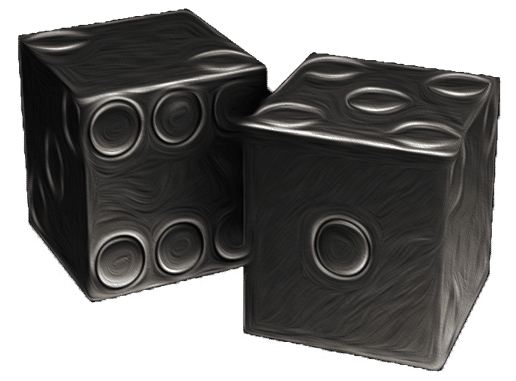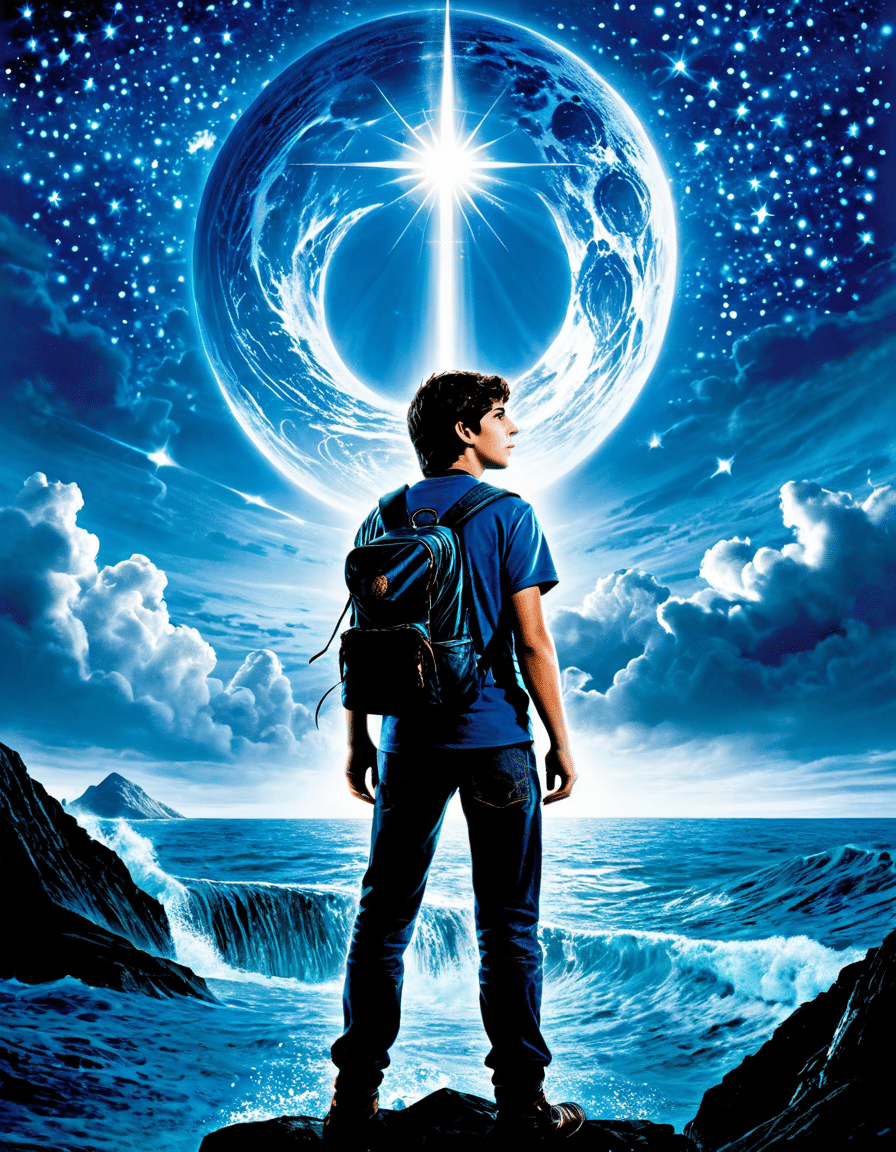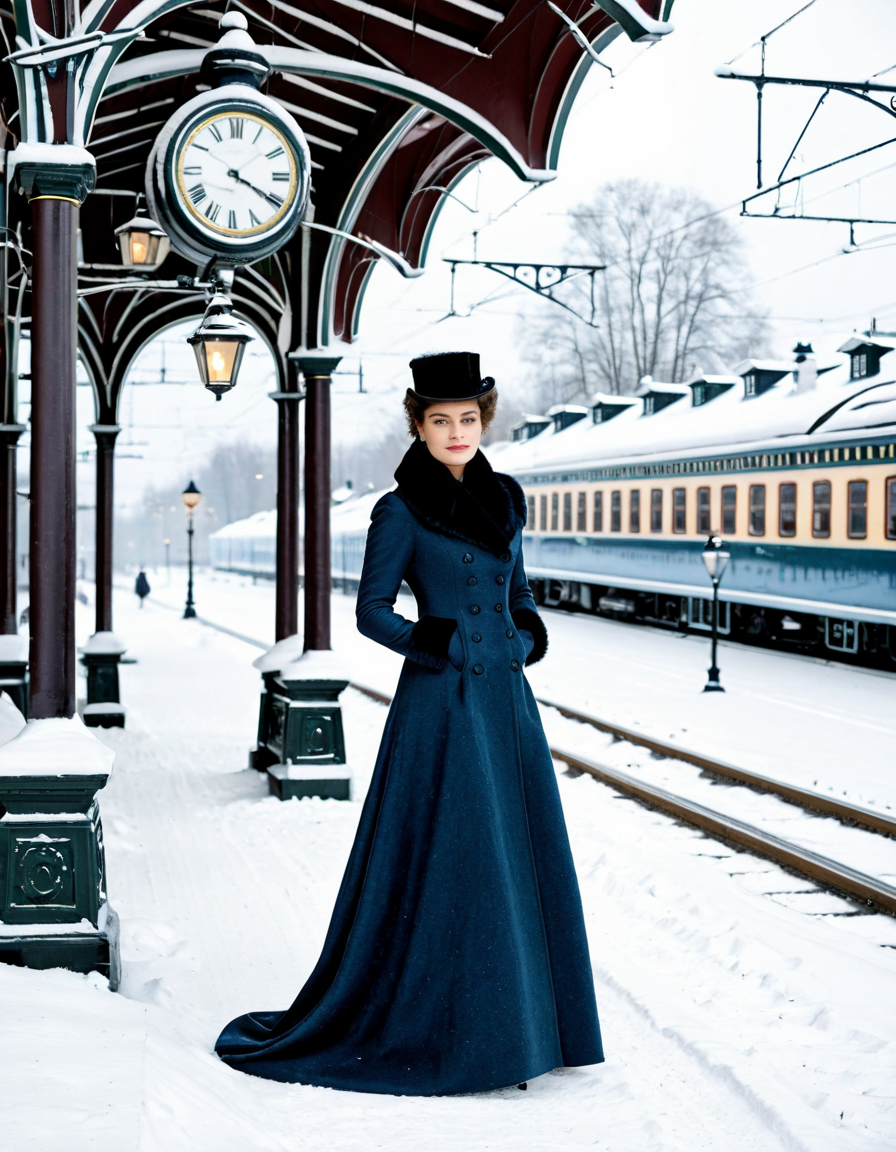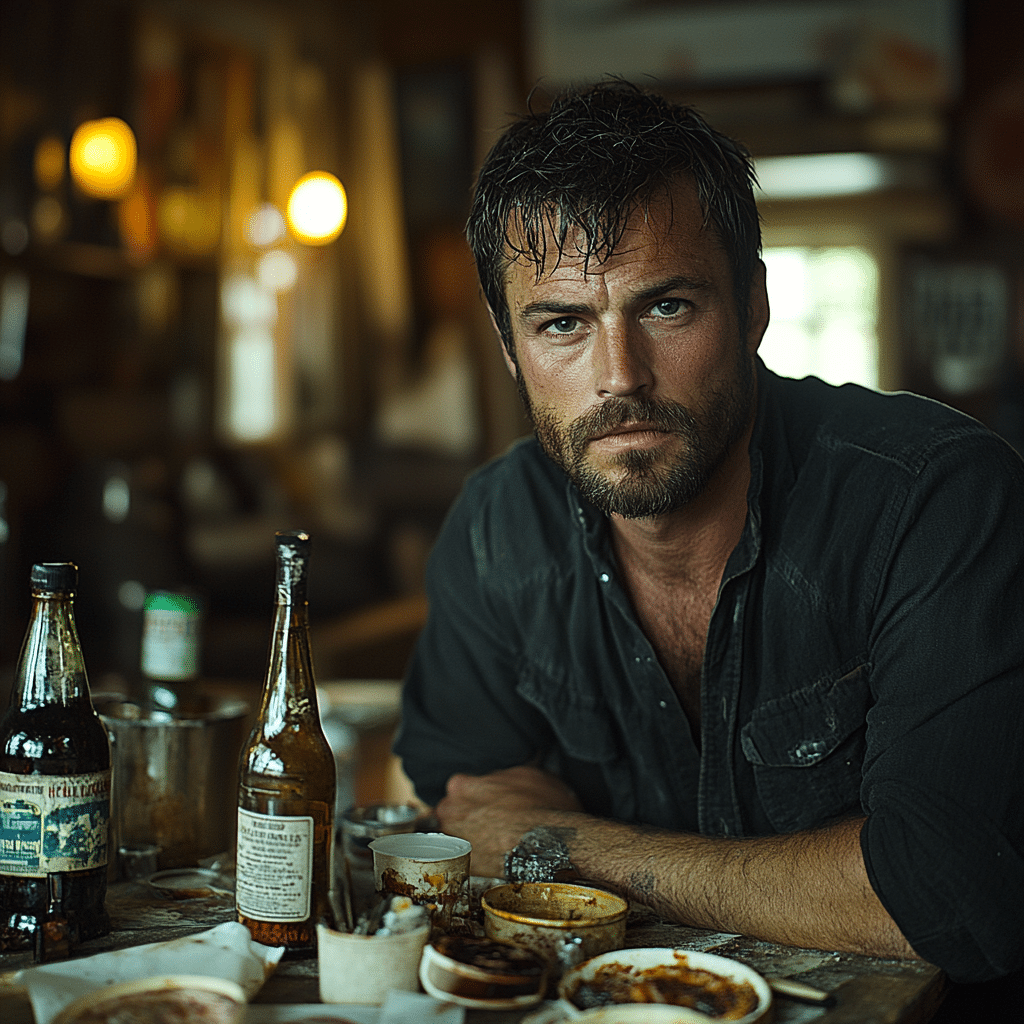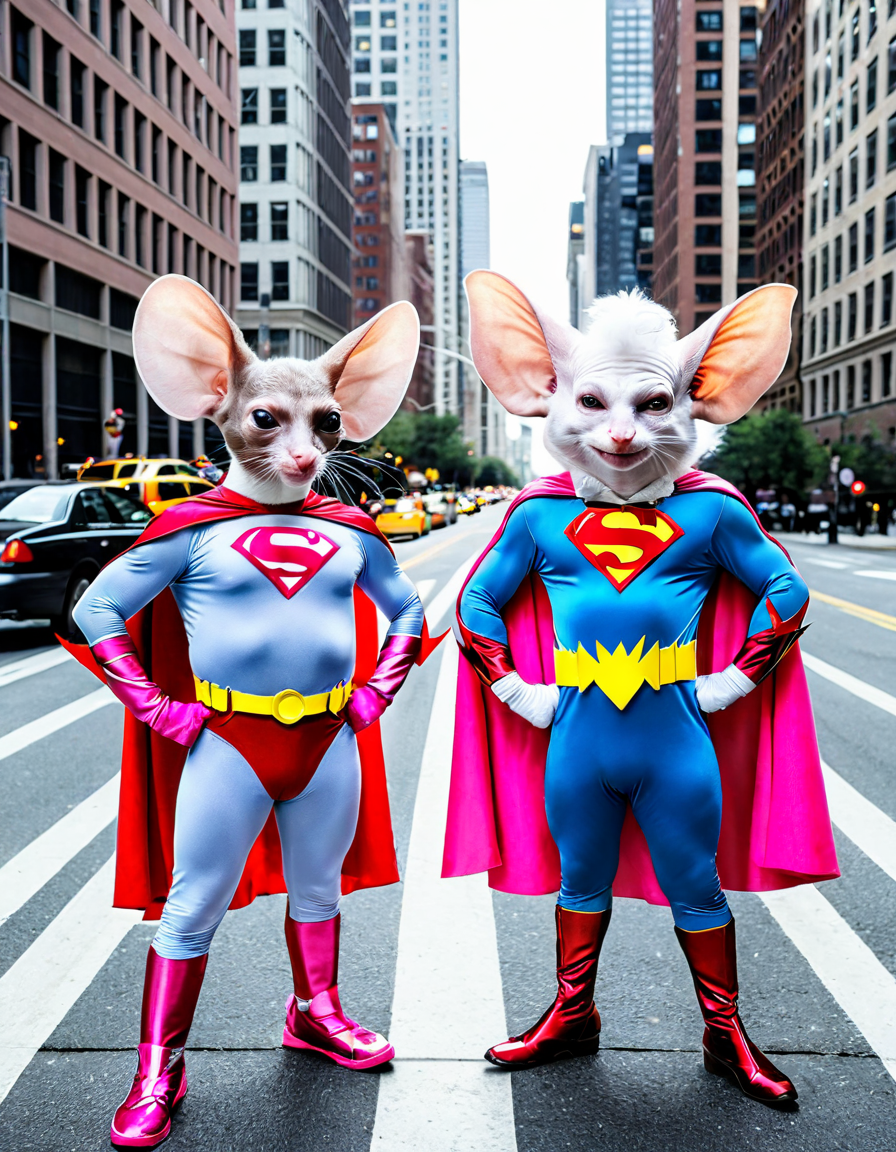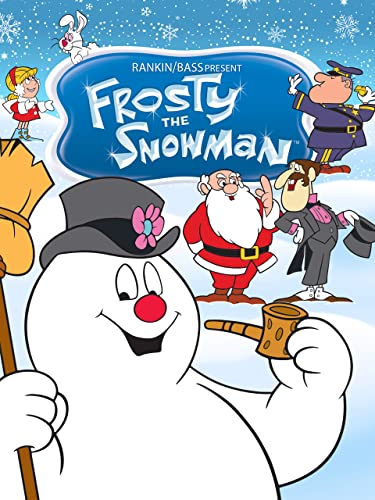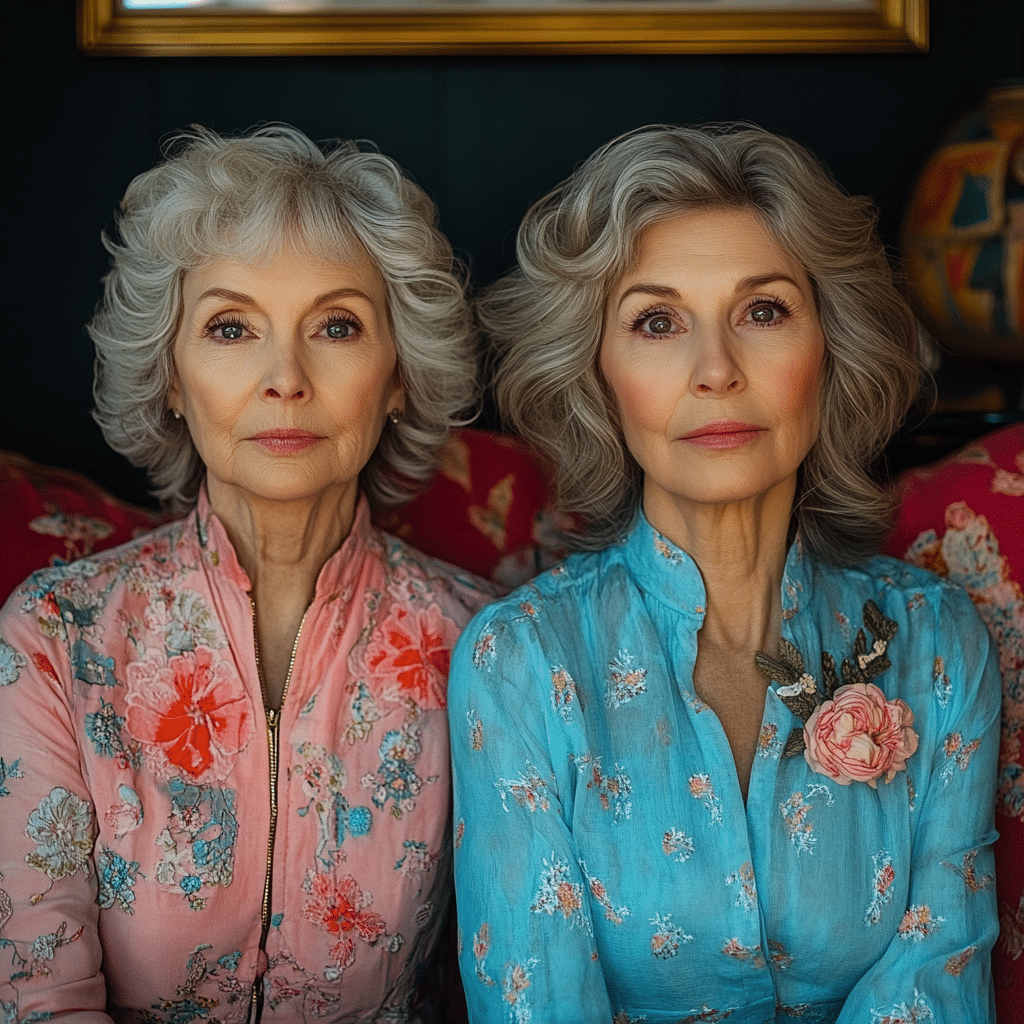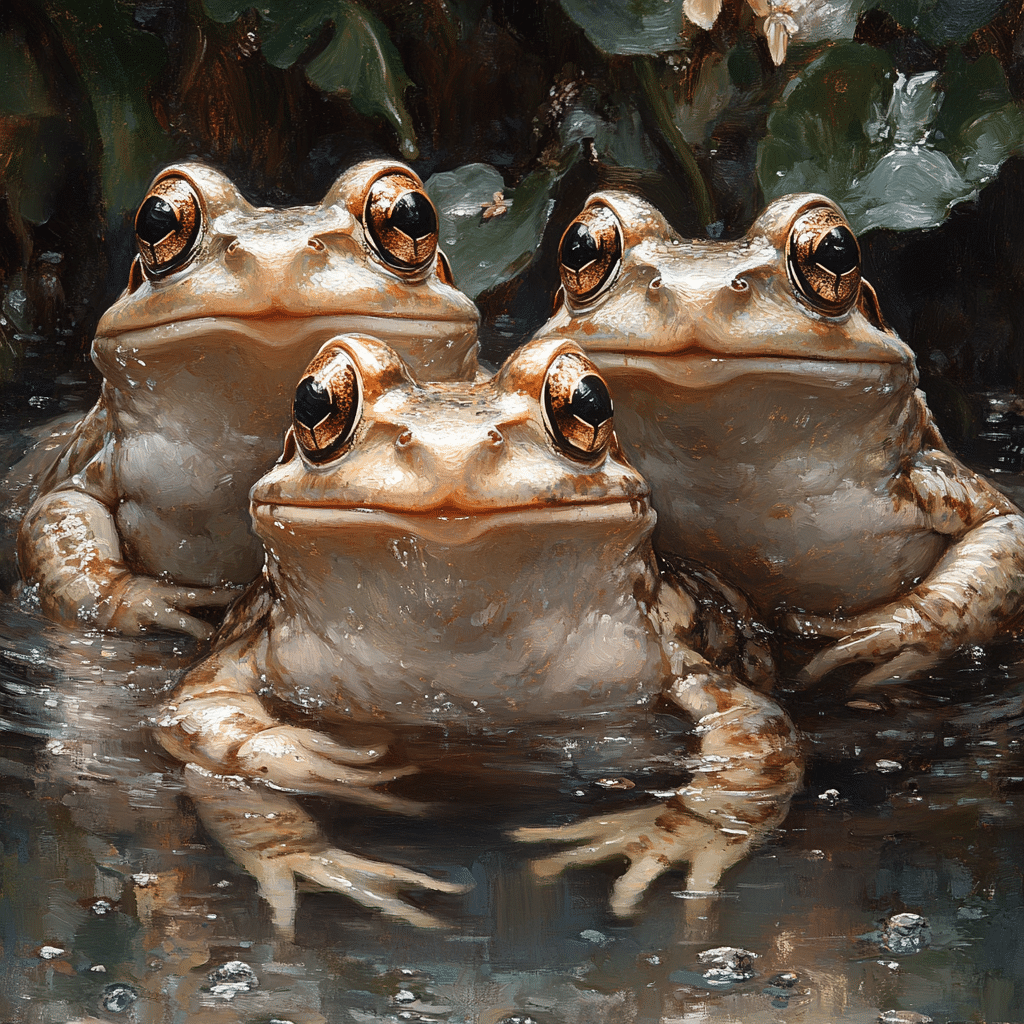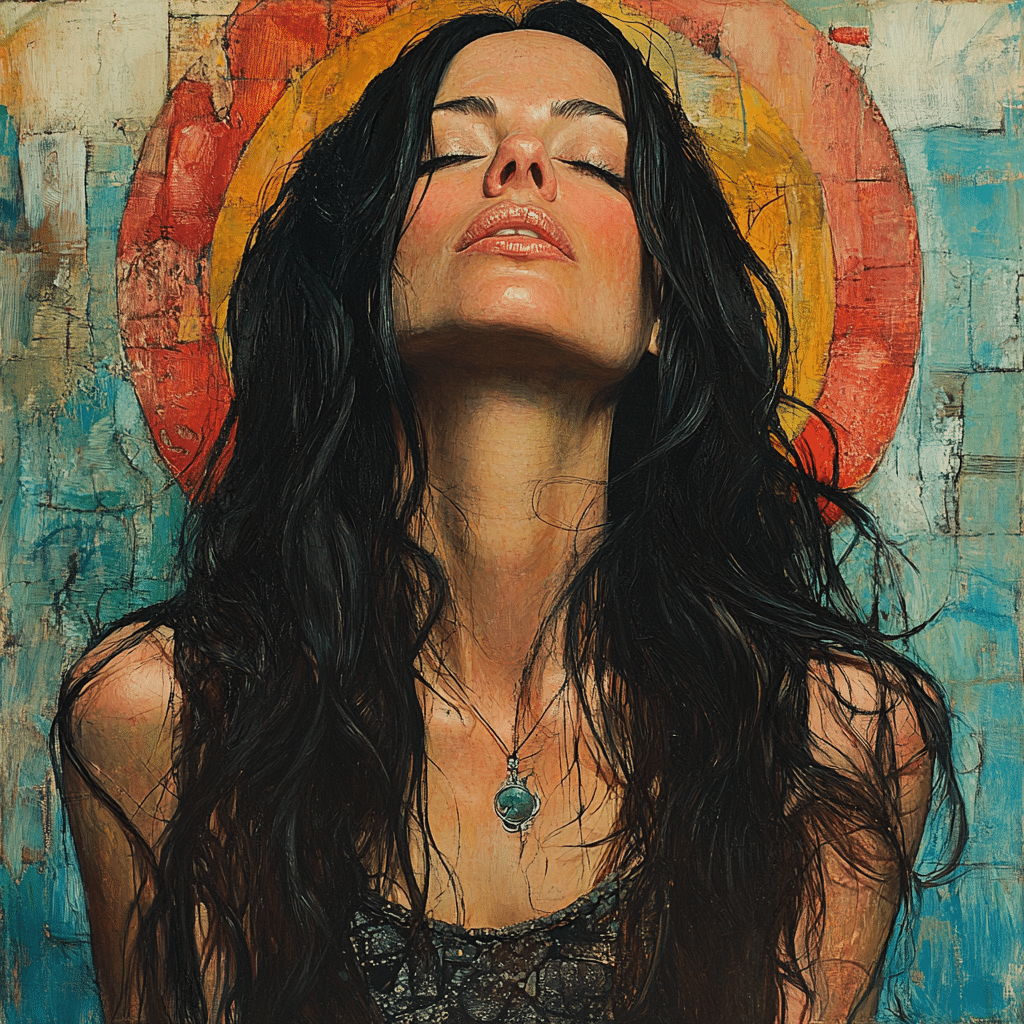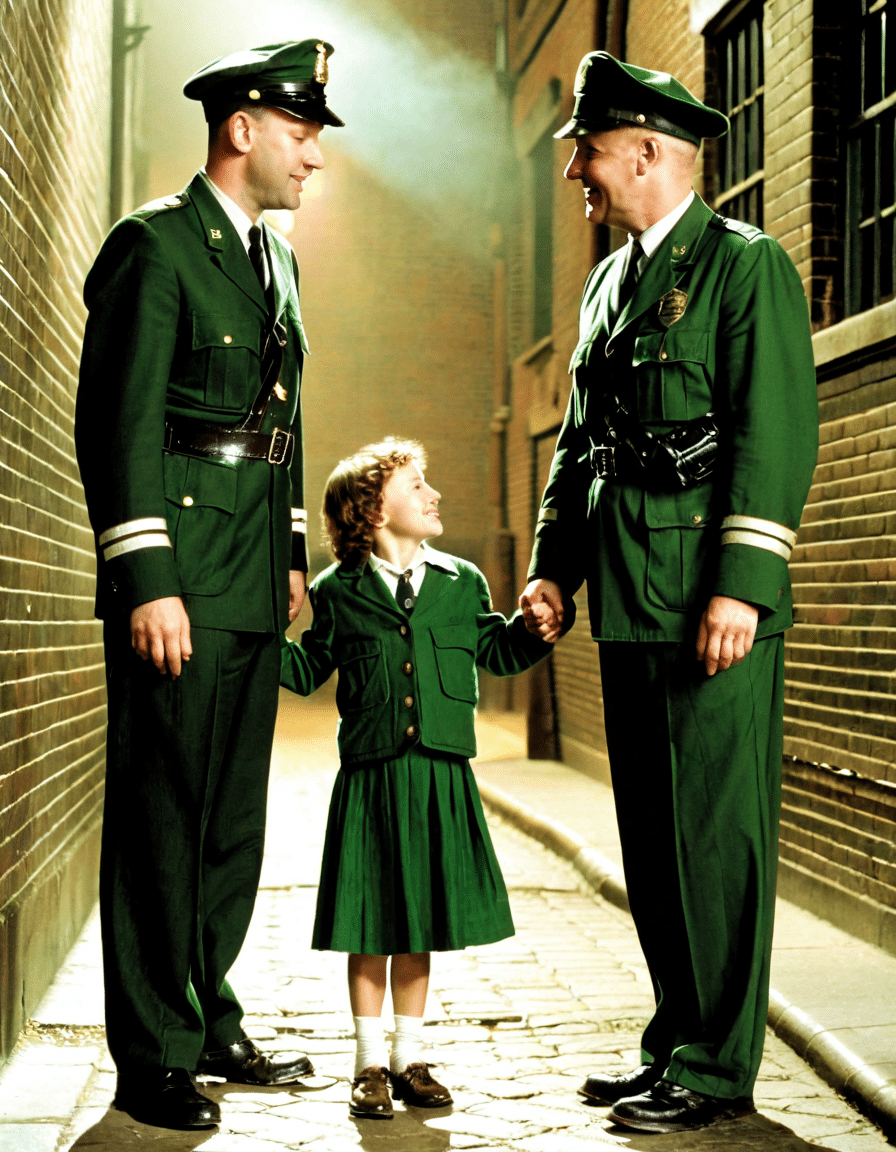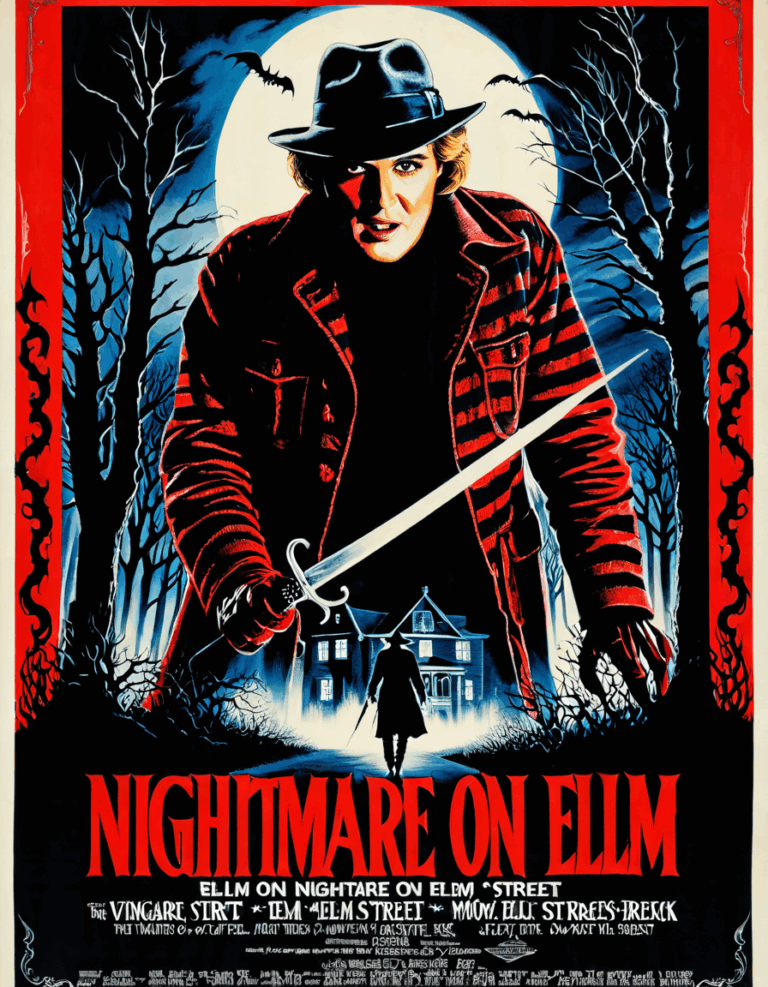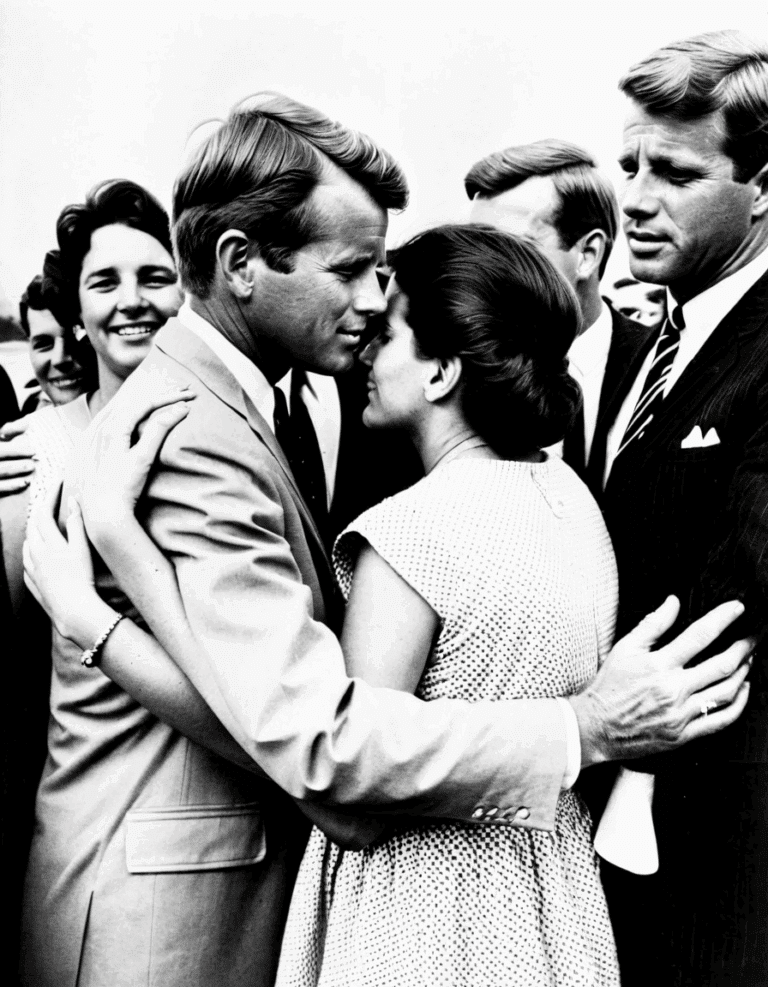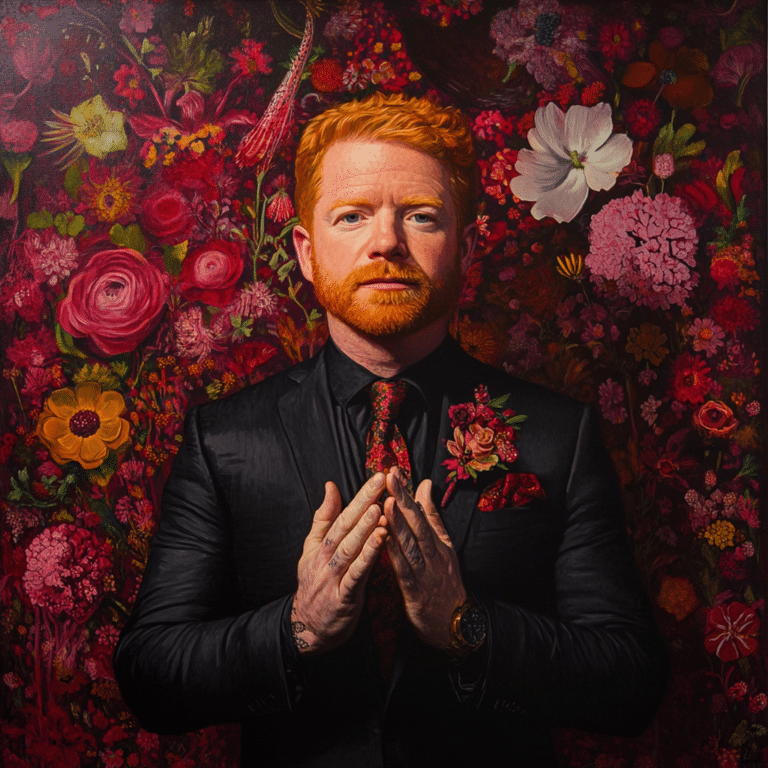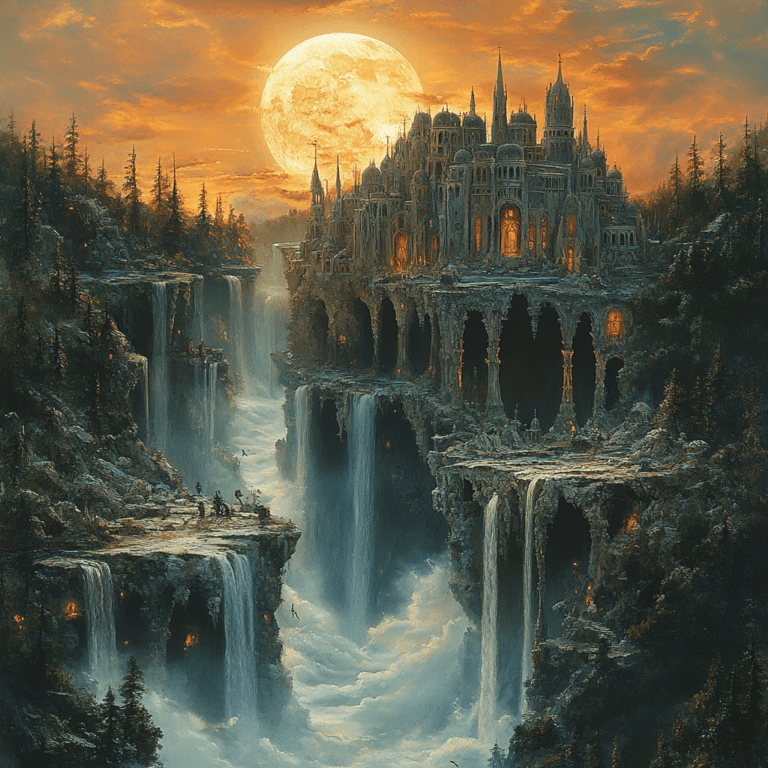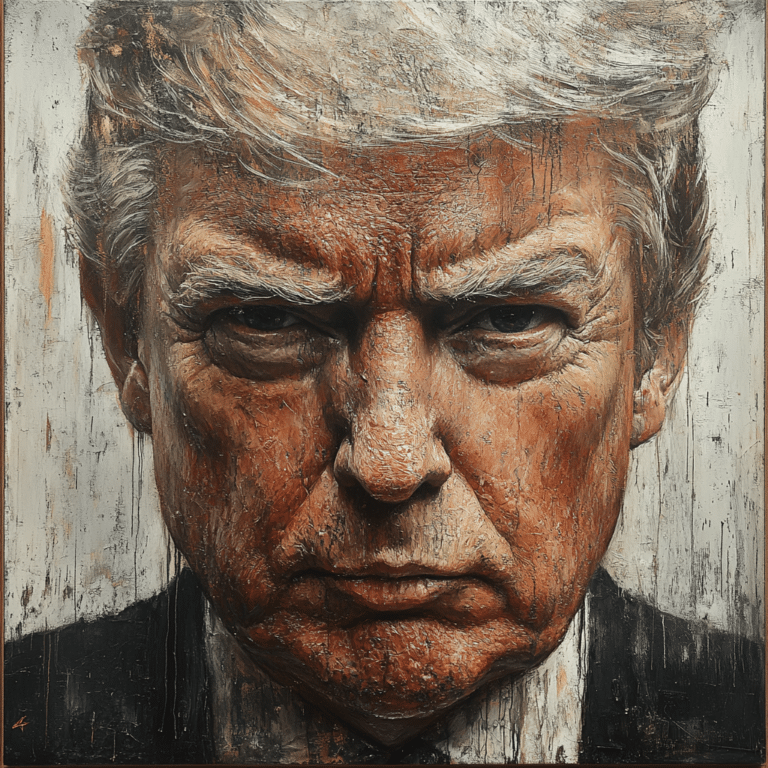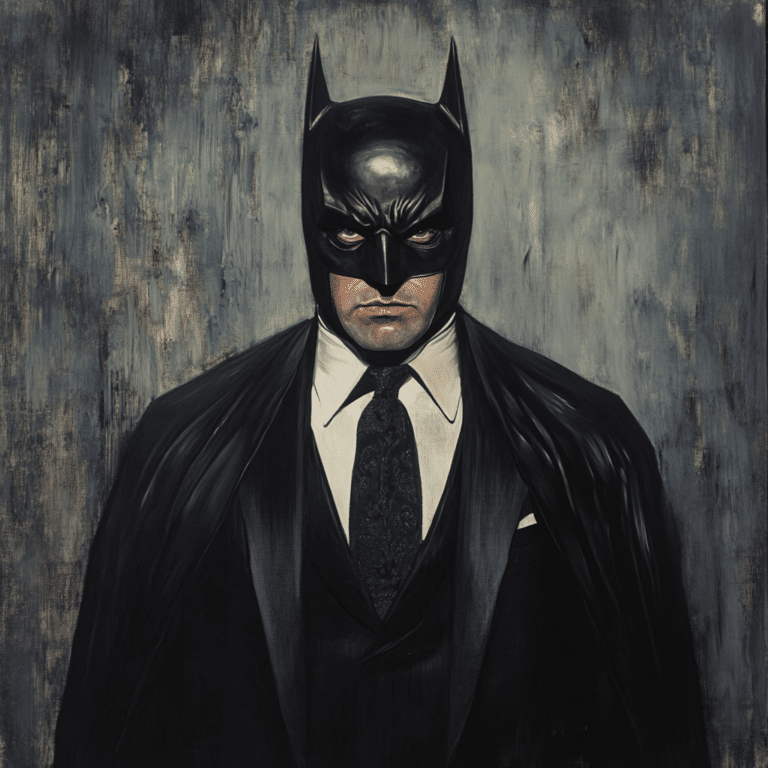Since its debut in 1984, A Nightmare on Elm Street has carved its name in the annals of horror history, introducing us to the captivating yet terrifying figure of Freddy Krueger. This film did the unthinkable—it transformed our perception of nightmares, sending us running for the safety of our blankets and keeping us awake at night. Not only did it leave an unmistakable mark on the horror genre, but it also melded itself into pop culture—a mix of folklore and modern terror combined. The themes of fear, dreams, and childhood trauma resonate through the decades, inspiring filmmakers while spawning an extensive web of sequels, remakes, and an iconic franchise that continues to captivate audiences today.
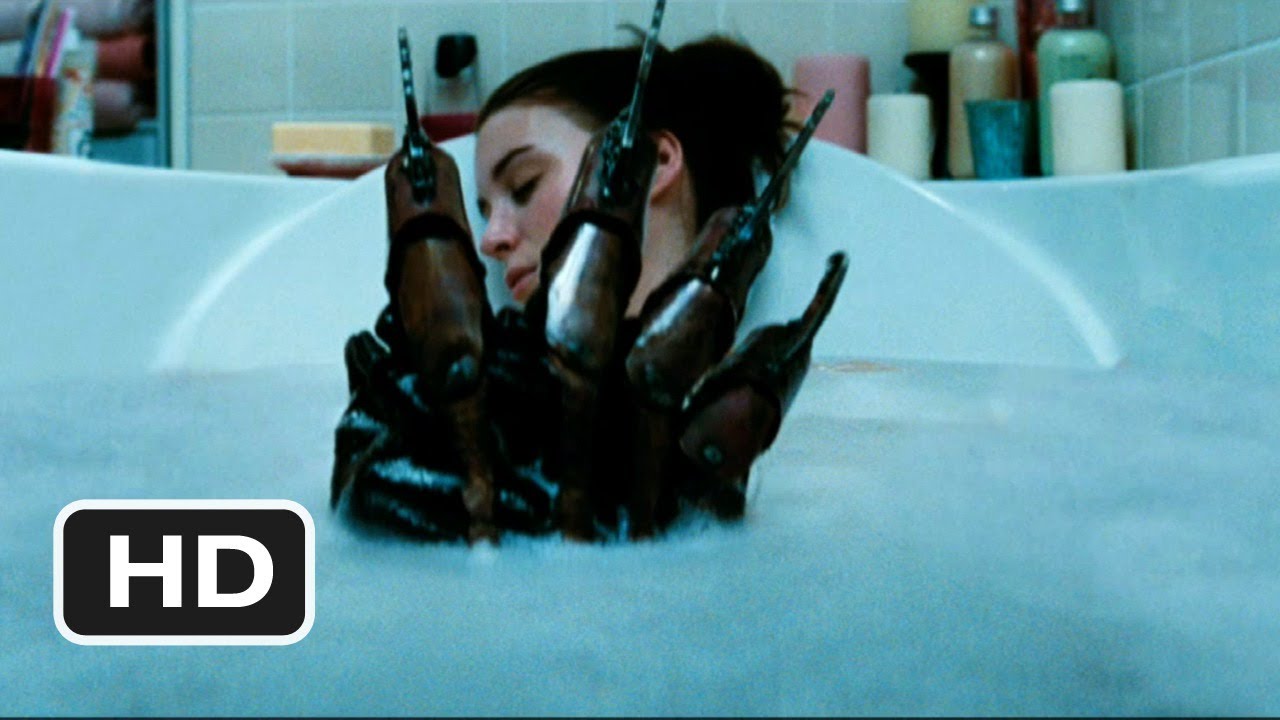
The Enduring Impact of Nightmare on Elm Street
It’s fascinating to think about how one movie can affect an entire genre. A Nightmare on Elm Street didn’t just show us a scary guy in a hat—it explored deeper fears rooted in our childhood. The notion that something as innocent as sleep could become a battleground where Freddy lurked in waiting, sent many of us out searching for a nightlight for extra reassurance. This chilling twist on the slasher formula has influenced countless titles over the years, from The Babadook to It Follows, each exploring the subconscious and the monsters we hide within.
Freddy’s terror transcended the screen by tapping into something far more relatable: the dark, murky waters of unresolved trauma. The horror he represents mirrors our own struggles, solidifying A Nightmare on Elm Street as a timeless exploration of fear itself. Watching this film today feels, at times, like diving into a time capsule, preserving the collective unease of an era that spoke volumes about its people.
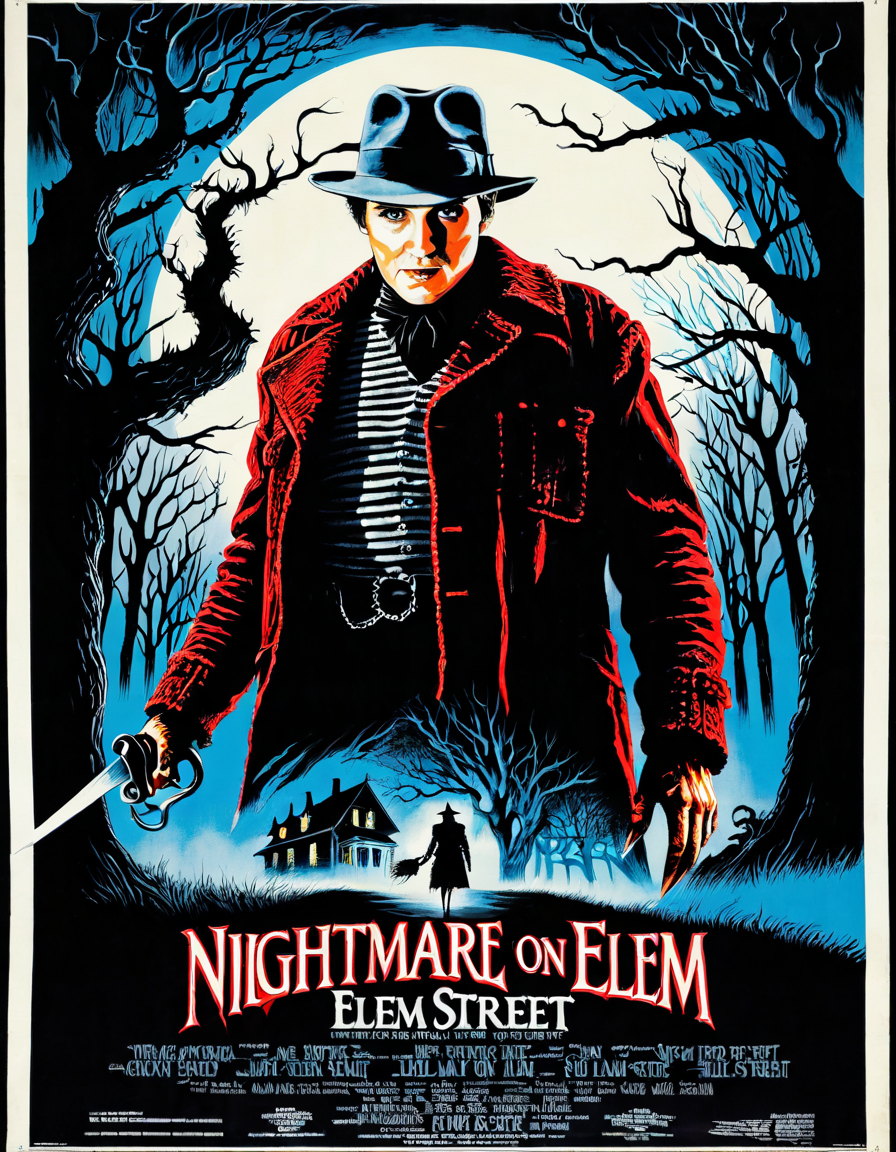
Top 5 Elements that Craft the Unforgettable Horror Legacy of Nightmare on Elm Street
At the heart of Nightmare on Elm Street is its imaginative use of dreams as a canvas for horror. Freddy Krueger’s attacks in the dream world mean he can invade every corner of our mind, mishmashing reality with the eerie depth of our nightmares. This clever route sparked a wave of creativity in horror films, leading directors to play around with the psychological depths of their own characters, reshaping how we view fear and memory.
Freddy Krueger is something else! Played to perfection by Robert Englund, he’s not just a monster but a figure that embodies societal fears. With his disfigured face, striped sweater, and that freaky bladed glove, Freddy stands tall among the scariest icons in horror. The duality of his character—evoking dread yet stirring slight pangs of empathy—adds layers that resonate deeply with why he remains relevant today, inspiring even caricatures seen in offbeat comedy titles like Killer Klowns from Outer Space.
When it comes to special effects, A Nightmare on Elm Street set a high bar. Think of the blood-soaked bed scene featuring a young Johnny Depp—it’s still making viewers squeamish decades later! These innovative effects didn’t just bend the rules of horror; they influenced genres beyond horror, including epic fantasy films like Pan’s Labyrinth, showcasing how we can delve into the dark sides of our imaginations.
Many fans see Nightmare on Elm Street as a reflection of the tumultuous era of 1980s America. The themes run deep, addressing issues like guilt and parental neglect, mirroring the loss of innocence during economically trying times. This injection of social commentary drove the film to be not only a source of entertainment but also a mirror reflecting the struggles of its time—something that can be experienced in modern classics like Get Out, which delves into the intricacies of race and societal expectations.
The endless expansion of the Nightmare on Elm Street franchise illustrates its heavy lifting in the horror universe. From remakes to crossovers like Freddy vs. Jason, the allure of Freddy’s nightmares continues to offer creative juice across various media. Collaborations with contemporary directors and links to modern storytelling play out beautifully—reminding us of other long-standing favorites like Miracle on 34th Street that continuously find their footing in new adaptations without losing their charm.
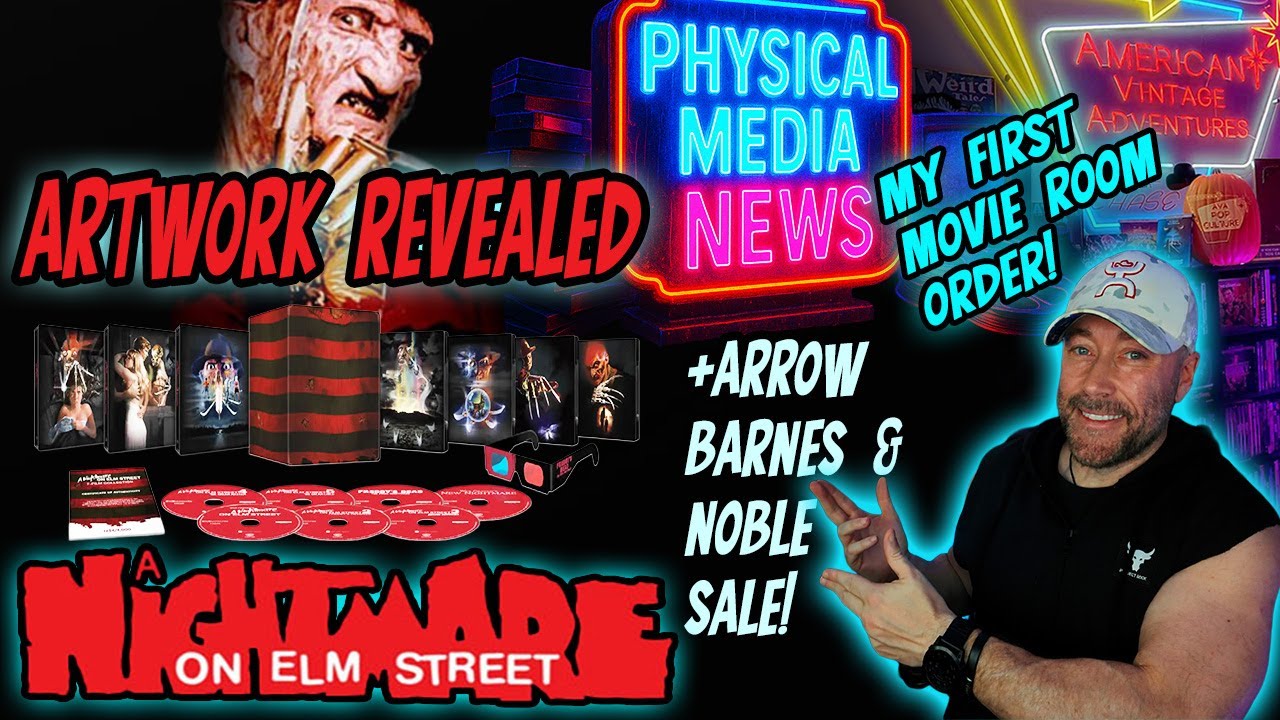
Legacy and Influence: The Phantom of the Opera Meets Nightmare on Elm Street
Horror has a way of intertwining with tragedy, akin to the rich narrative of Phantom of the Opera. Freddy, like the Phantom, elicits a mixture of terror and sympathy, giving audiences pause to consider the heartaches hidden beneath distorted faces. The parallel between these characters showcases a shared theme—how pain and suffering often masquerade as a monster lurking in the shadows.
This interplay begs us to question: What drives our fears? Both Freddy and the Phantom reveal how stories within horror can provoke empathy amidst their chilling encounters, proving that fear often births understanding. As we encounter these haunting figures, we remember that their tales linger because they reflect our own darkest corners of human experience.
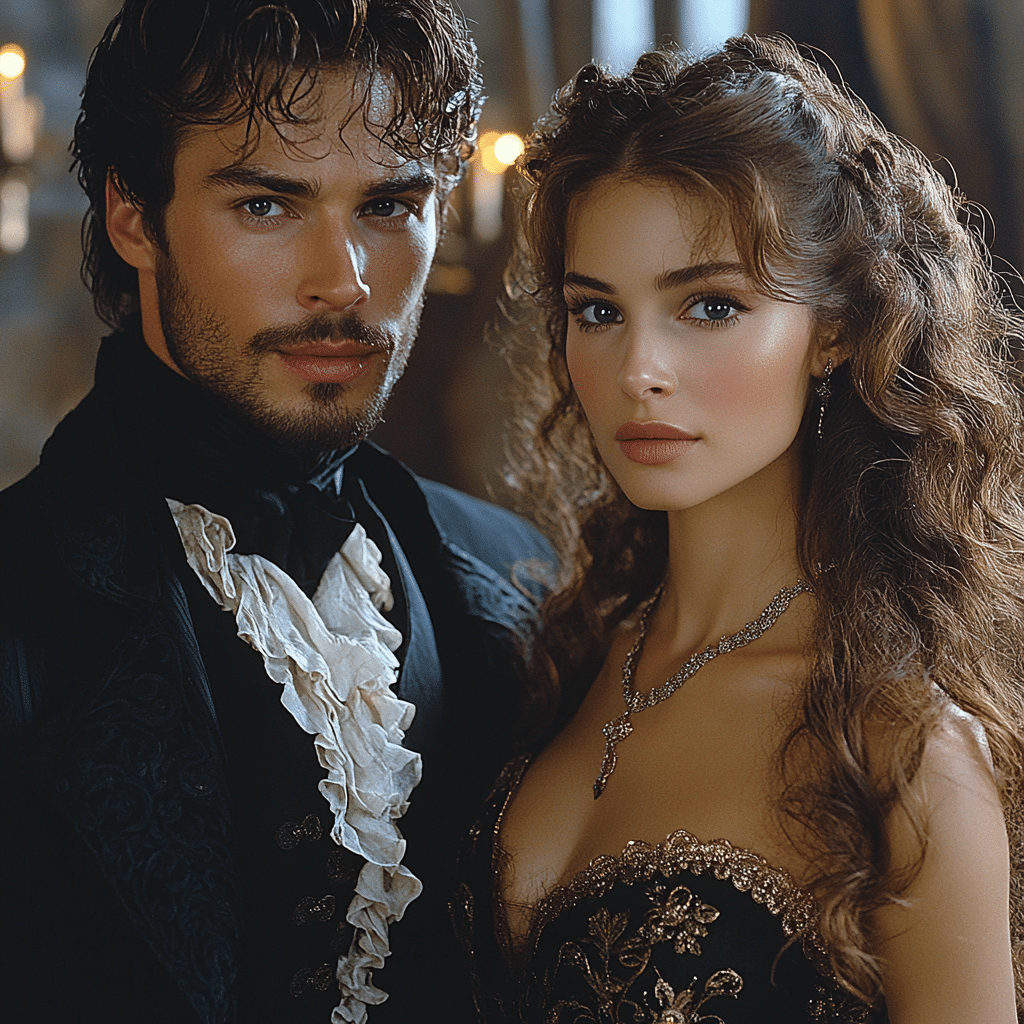
The Future of Horror in the Shadow of Nightmare on Elm Street
Now, as we venture further into the 2020s, the landscape of horror films is ever-shifting. The rise of streaming platforms has ushered in a new array of narratives pioneering fear in unexpected ways. Trends keep evolving, reflecting the spirit of creativity that Nightmare on Elm Street first ignited. Filmmakers today are searching for raw material from the early slasher films, delving into fears that resonate with a modern audience—whether that’s a fear of societal norms or the physical embodiment of trauma.
In thinking about A Nightmare on Elm Street, we unlock a treasure trove of inspiration for filmmakers and creators alike. Now, more than ever, there’s an urgency to explore the intersection of horror and collective human emotion. Freddy’s legacy reminds us that horror isn’t just about scaring us silly; it ventures into the heart of humanity’s struggles, evoking emotions and challenging how we confront our fears.
The echoes from Krueger’s realm still send shivers down our spine, reminding us that while sleep might be a refuge, the nightmares may always linger.
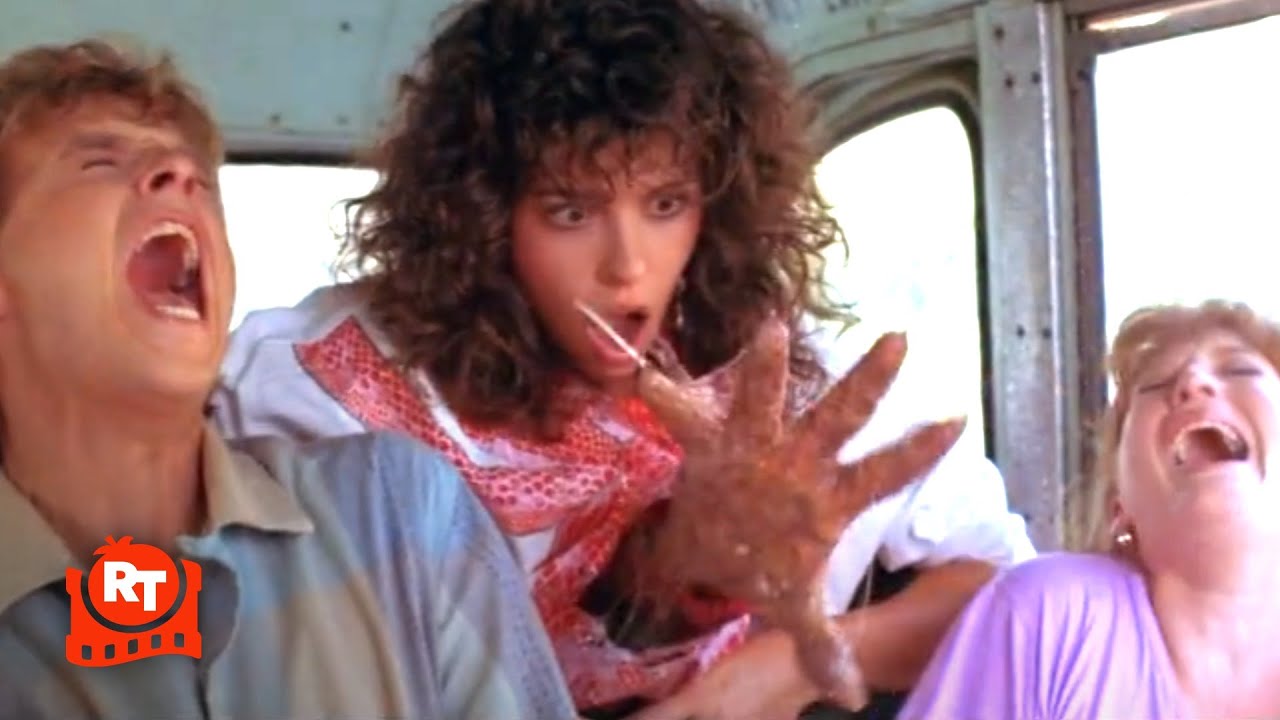
Nightmare on Elm Street: Unforgettable Horror Legacy
Brian’s Dream: The Birth of Freddy Krueger
“Nightmare on Elm Street” ignited a revolution in horror films, thanks largely to its unforgettable villain, Freddy Krueger, portrayed by Robert Englund. Interestingly, the idea for Freddy was inspired by a man Englund met while growing up—someone who would terrify him with stories about a similar figure. This personal touch made the character relatable, a sentiment echoed in various modern films and shows, including Station Eleven, where ordinary fears elevate everyday stories into something spine-chilling. Fun fact: Krueger initially wore a hat and sweater inspired by a mix of colors that were chosen strategically to create a visually unsettling character, much like how contrasting palettes can influence the mood in a film.
The Nightmare’s Influence on Pop Culture
The legacy of “Nightmare on Elm Street” extends beyond horror conventions. For example, the concept of a dream-invading demon infiltrated various media, echoing in projects like the viral Sophie Rain Spiderman Vid that takes leaps into alternate realities. This film not only set the bar for horror in the ’80s but also inspired various artists from pop bands like Duran Duran, whose sonic aesthetics played with dark themes, fusing contemporary sounds with chilling narratives. It’s fascinating how Krueger’s legend slipped into everyday life, influencing everything from music to TV shows, resonating with fans who enjoy a good scare with their entertainment.
Behind the Scenes: The Craftsmanship of Fear
No discussion about “Nightmare on Elm Street” would be complete without mentioning its groundbreaking special effects. The iconic ‘glove’ Freddy wears was crafted with a blend of creativity and resourcefulness, utilizing various items like animal claws. This inventive approach mirrors today’s usage of items like the current body Led mask that showcases how innovation can craft new experiences in both horror movies and other industries. Hold onto your hats! The film also faced its share of challenges; there was a chaos surrounding the production, similar to incidents like the romaine lettuce E. coli outbreak that made headlines. In horror, as in life, maintaining quality and safety is crucial!
A Lasting Legacy
“Nightmare on Elm Street” set the tone for how horror films utilized nightmares as a potent narrative tool, making its mark not only on fans but also on budding filmmakers trying to replicate its magic. Much like Bill Murray Movies, which continue to be rewatched for their timeless quality,Nightmare on Elm Street” keeps generating discussions and analysis, ensuring its place in horror history for years to come. Plus, its influence on fan culture is ever-present, with references appearing in countless parodies, homages, and even game art, cementing its status in a popular culture landscape bursting with creativity. As a cultural touchstone, it proves that even a small black And white dog can leave a big mark—just like Freddy!
